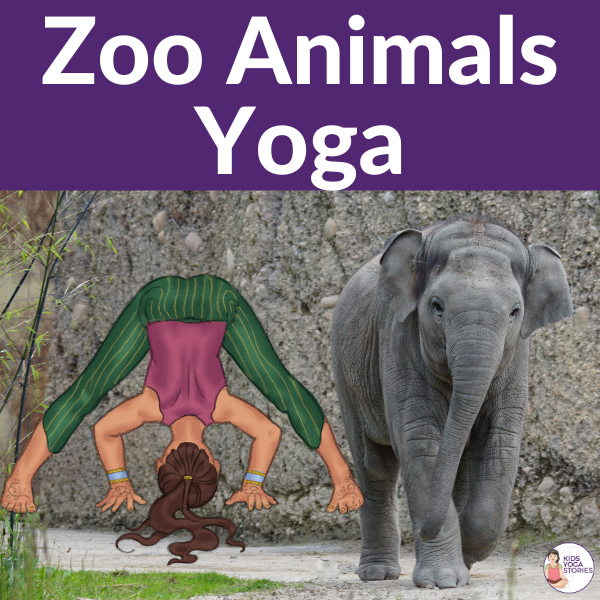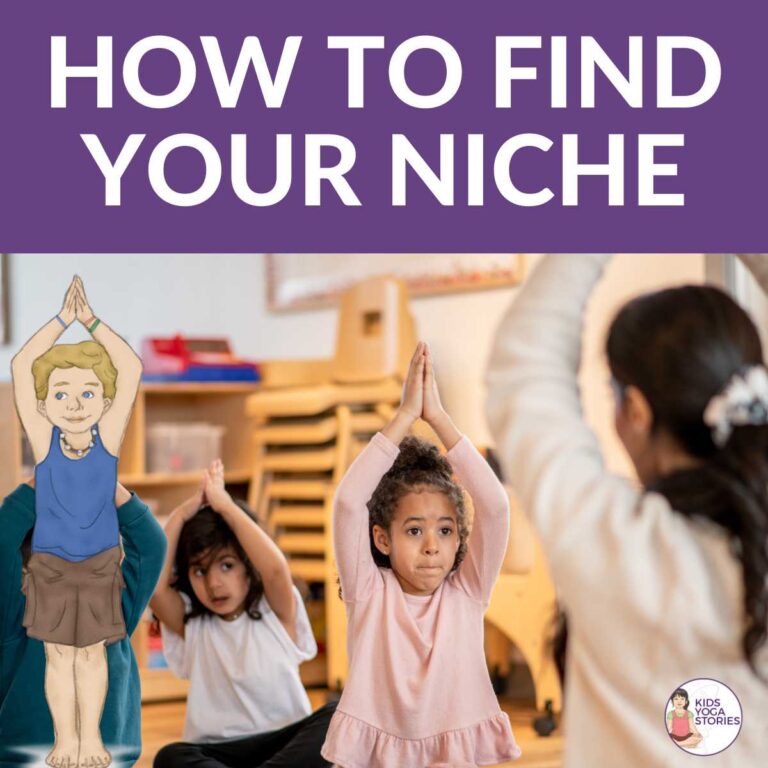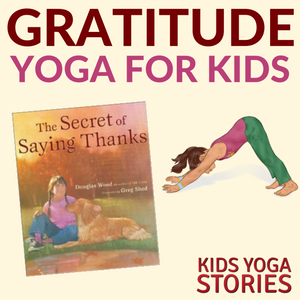How to Create a Multicultural and Inclusive Kids Yoga Class to Foster Belonging and Empowerment (Interview)
Are you looking to create kids yoga classes that are not just fun and healthy but also multicultural and inclusive? Join us for a chat about this important topic!
Please meet my colleague, Leanna, a true expert on raising world citizens and embracing cultural diversity. She’s not only the creator of All Done Monkey but also the visionary founder of the popular Multicultural Kid Blogs, a blog with over 100 contributors across the world. With a background in Cultural Anthropology and Library Information Science, Leanna also homeschools her three Costa Rican-American children.
But here’s the best part—Leanna and I share a burning passion for global education. And our common muse? High-quality children’s literature! Together, we’re on a mission to inspire young minds to explore the world and its mix of cultures through the magic of yoga.
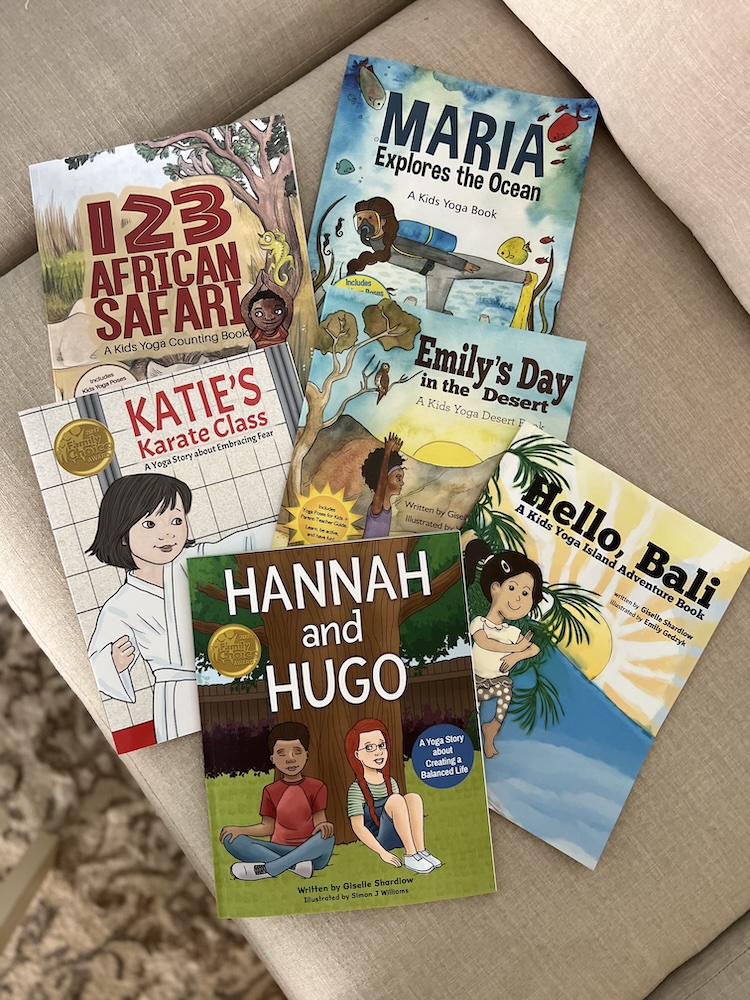
Recently, we sat down to have a heart-to-heart discussion, delving deep into the importance of inclusivity and nurturing young world citizens. If you’re as eager as we are to explore how to create truly inclusive and multicultural kids yoga classes, don’t miss our video interview below.
This article contains affiliate links.
Why It’s Important to Create Inclusive Yoga Classes: Fostering Belonging and Empowerment
At the heart of our mission as kids yoga educators is a profound commitment to ensuring that every child who steps into our yoga classes feels a deep sense of belonging and safety. This commitment serves as the guiding force behind all our actions and initiatives. We firmly believe that by creating inclusive kids yoga classes, we can empower children to be agents of positive change and take pride in their rich and culturally diverse backgrounds.
It’s essential to recognize that inclusivity extends far beyond the color of our skin. In the video interview below, I share that my daughter, who has Caucasian skin, comes from a Canadian-British-Australian heritage. This unique background can sometimes present challenges for her when it comes to fitting into our local community, especially when adults are unaware of her background.
Years ago, while I was living in Australia, someone wisely told me, “The similarities are superficial, but the differences are fundamental,” highlighting the nuanced nature of multiculturalism. Our multicultural students undoubtedly experience similar complexities as they navigate their home culture and school environment.
It’s often the seemingly inconsequential aspects of life that can have the most profound impact. The choice of words, culinary traditions, and social intricacies can unexpectedly reshape our worldviews. As educators, we must be attuned to these subtleties and understand that they may deeply affect our students’ experiences.
One powerful way to foster inclusivity is by investing time in truly getting to know each child on a deeper level. By doing so, we can help them embrace their backgrounds, recognizing that their unique cultural heritage is not something to hide but something to celebrate among their peers.
GET 3 YOGA POSTERS HERE
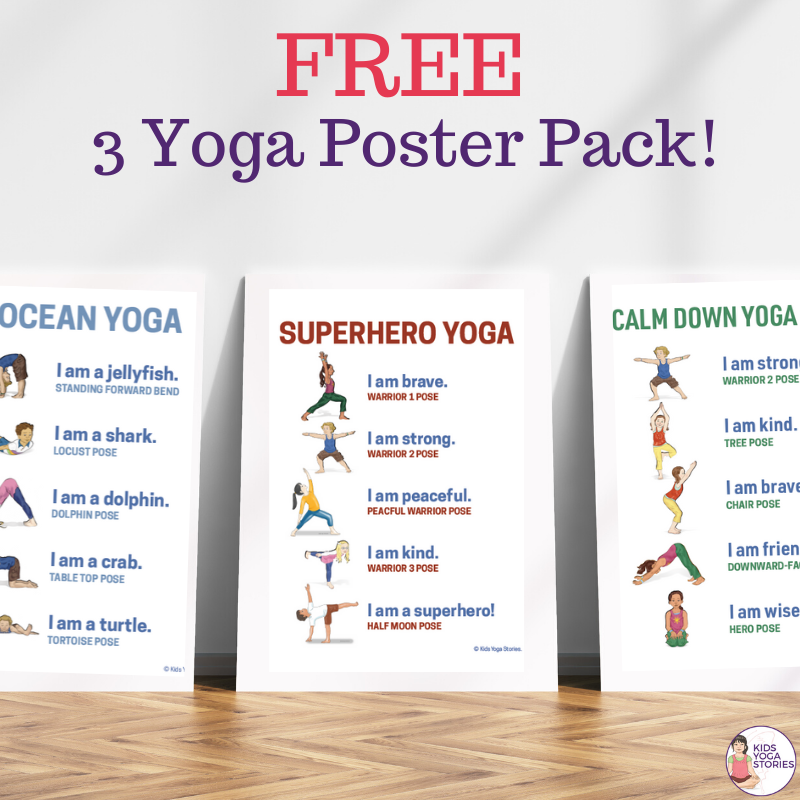
3 Top Tips for Creating a Multicultural, Inclusive Kids Yoga Class
We often hear from our Kids Yoga Stories community members that you are also passionate about creating inclusive classrooms – we are right there with you! As a global educator, Leanna shares her top tips for cultivating a culturally diverse and welcoming class environment that your students will be able to thrive in:
1-Know Your Intentions: Dive Deeper
Let’s start at the heart of the matter—your intentions. Multiculturalism isn’t just a passing trend. It’s an integral part of being as an educator. It’s about viewing the world through a lens that connects us at a deeper level with our students. By constantly operating from this perspective, we can weave the intention of multiculturalism into the very fabric of our classes.
But it doesn’t stop there. To truly make each child feel included, we must get curious about their individual needs and differences. These differences might encompass various cultures, economic backgrounds, chronic illnesses, or additional needs. Remember, it’s not about fitting diversity into your class—it’s about creating a class that naturally embraces diversity.
2-Offer Visuals, Books, and Music: Expand Their Horizons
Children are sponges for information, and they absorb messages through various mediums. Make sure to infuse your classes with visuals, books, and music that celebrate cultural diversity. Share picture books and imagery from multicultural authors or introduce characters from different backgrounds into your stories and lessons.
For example, we had the privilege of partnering with Deirdre and elders from her First Peoples community in Canada to create the popular Seven Grandfather Teaching Yoga Cards. These cards beautifully illustrate how yoga philosophy aligns with Indigenous teachings, providing a rich and engaging learning experience.
When you expose children to diverse visuals and sounds, you not only educate but also inspire a genuine appreciation for the world’s multicultural tapestry.
3-Connect with Others: A Journey of Learning
One of the most enriching aspects of being an educator is the opportunity to connect with fellow teachers from various cultures. Don’t hesitate to reach out and learn from yoga instructors or other teachers who bring different perspectives and sensitivities to diverse populations.
In our interview below, Leanna mentions her friend Kavisa Wood from Nourish Justly, who shares invaluable insights on this topic through her Instagram page.
As an example, I reached out to a few sources from Tanzania to confirm the behavior and group sizes of the animals, as well as the Swahili translations when I wrote the 123 African Safari yoga book.
Embrace the wisdom of those who have walked different paths, and let their experiences shape your teaching. Moreover, involve your students in this learning process. Model how to embark on a journey of discovery about one another’s backgrounds. Encourage them to be curious and open-minded, fostering a classroom where acceptance and inclusivity thrive.
4 Recommended Multicultural Children’s Books for a Kids Yoga Class
Leanna shares a mix of multicultural children’s books to easily add to your kids yoga class. Storytime also provides a valuable time to teach social-emotional skills, self-regulation techniques, and managing emotions in a meaningful and relevant way.
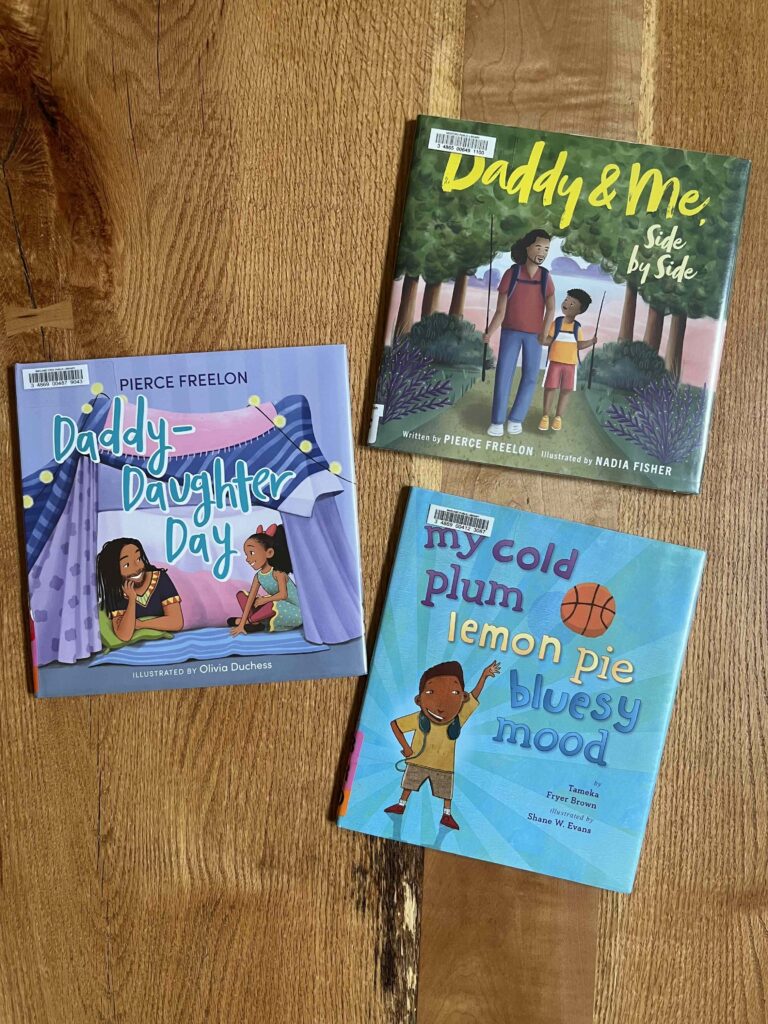
Kayla: A Modern-Day Princess series
by Deedee Cummings
As a therapist, the author weaves in social-emotional topics and growing up in these beautifully illustrated picture books.
Little Bun: A Bilingual Storybook about Feelings
by Amanda Hsiung-Blodgett (on social media as Miss Panda)
From a mother-daughter team from Taiwan, the story talks about various feelings in Chinese and English.
My Cold Plum Lemon Pie Bluesy Mood
by Tameka Fryer Brown
This sweet story is about a boy who expresses his feelings through colors. Readers are able to identify their emotions in a unique and relatable way.
Daddy & Me, Side by Side
by Pierce Freelon
From an African American author, the story is about a boy and his father on a camping trip. They are dealing with the loss of his grandfather and learn how to move through their grief. Also check out Daddy-Daughter Day.
Creating multicultural, inclusive kids yoga classes is a journey, not a destination. Together, let’s be intentional about connecting with our students at a deeper level, enriching their experiences with diverse visuals and sounds and learning from the wealth of perspectives our world offers.
The result? A classroom that truly reflects the beautiful mosaic of our global community, where every child feels seen, heard, and cherished. Don’t miss the interview below for even more insights and inspiration!
Watch “How to Make Your Kids Yoga Class Multicultural and Inclusive” Interview
MAY WE SUGGEST
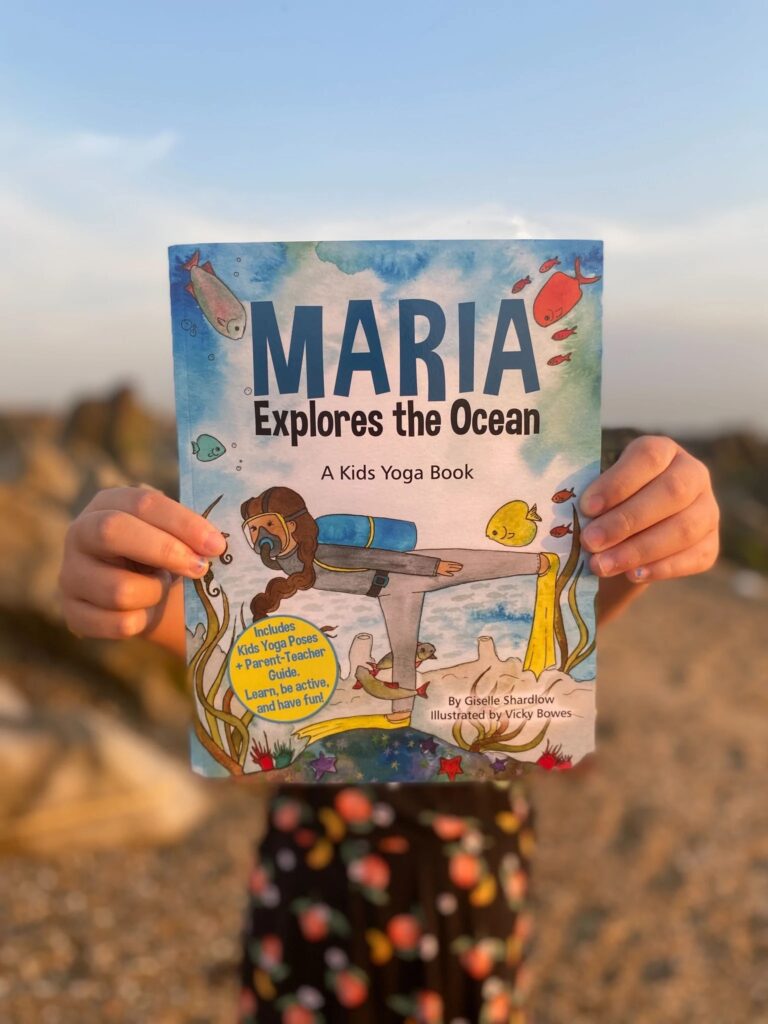
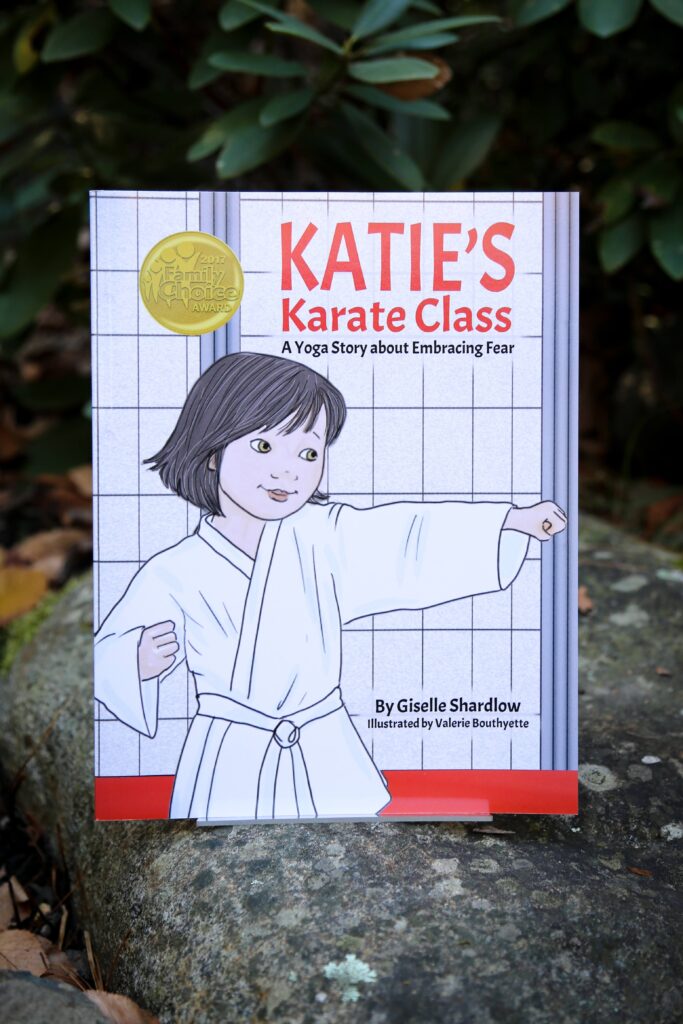
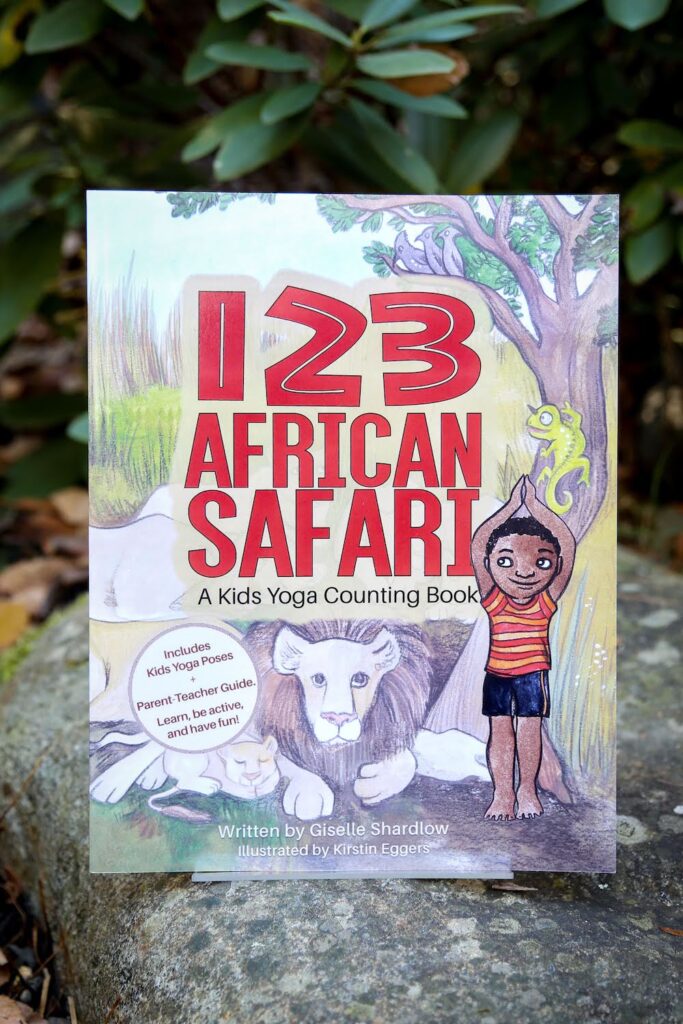
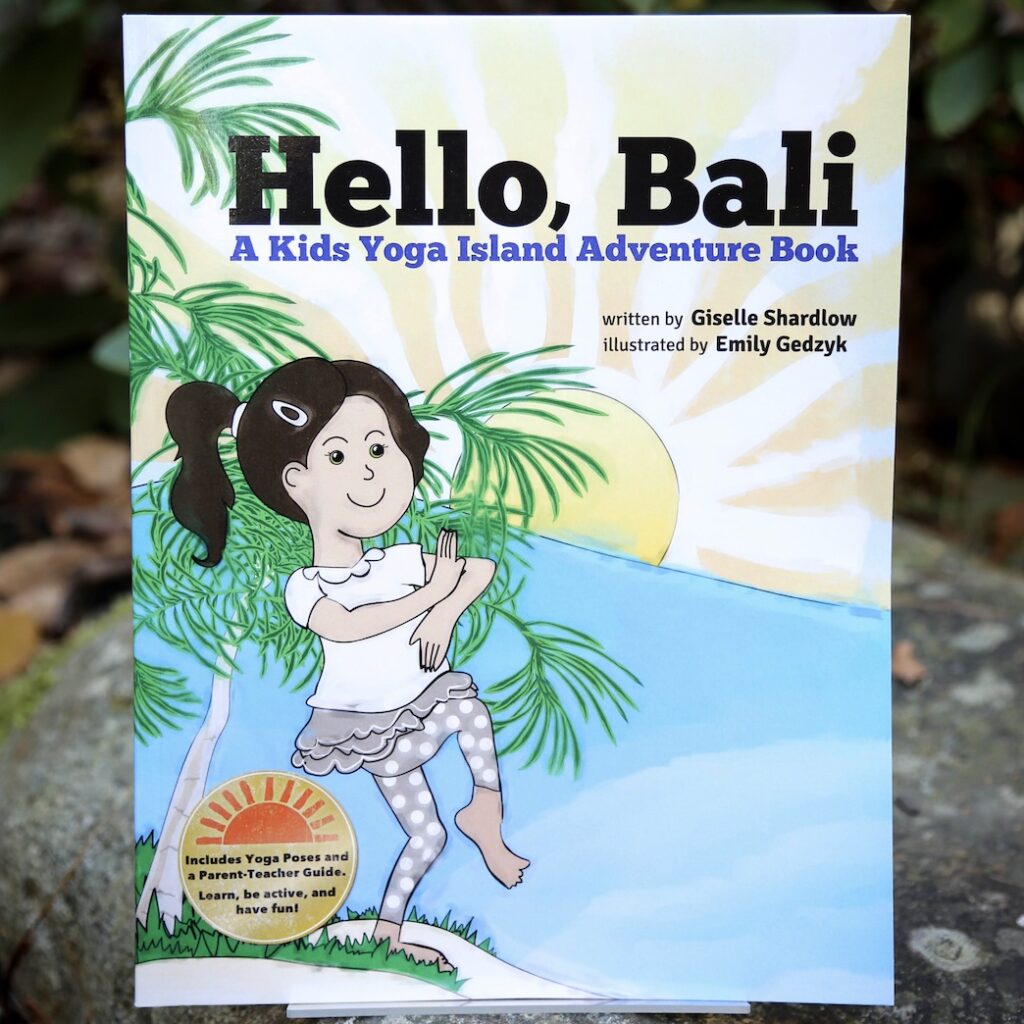
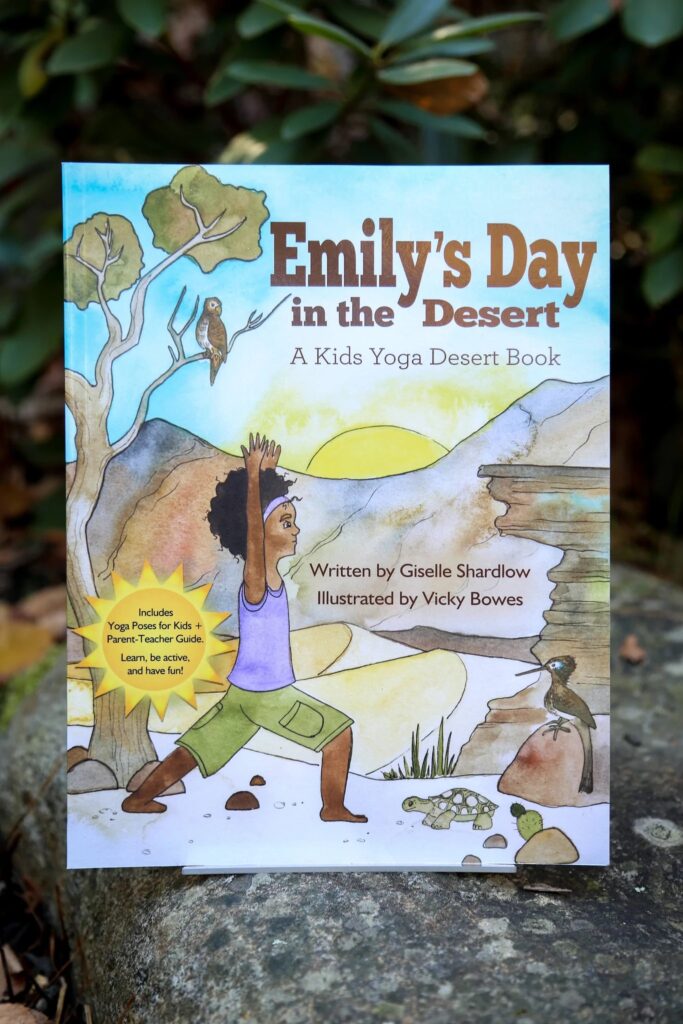
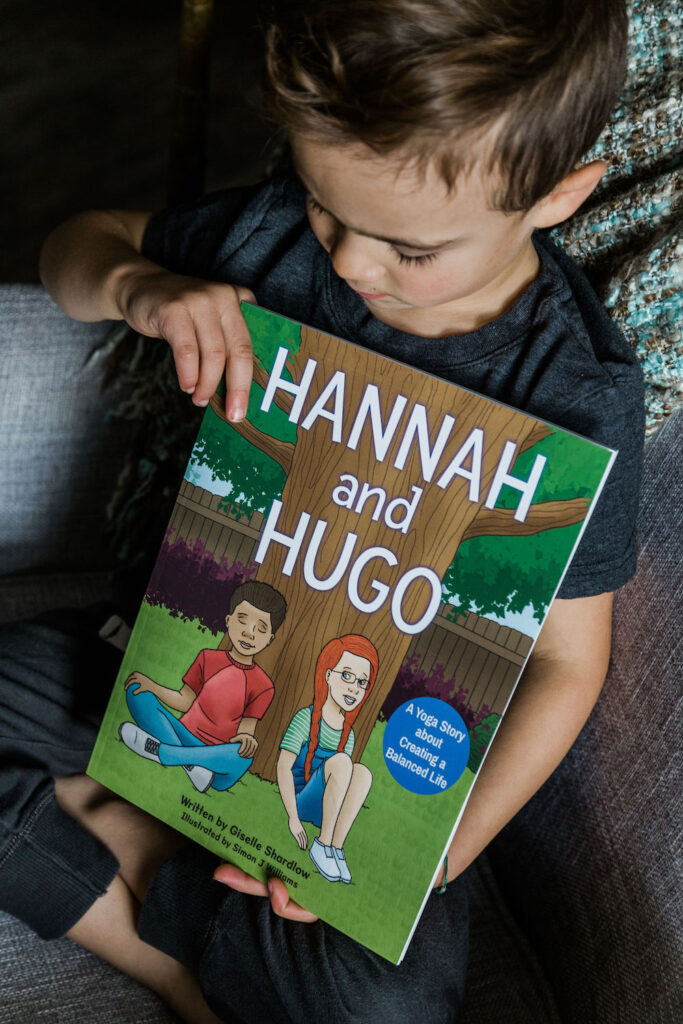
You Might Also Like
SAVE FOR LATER
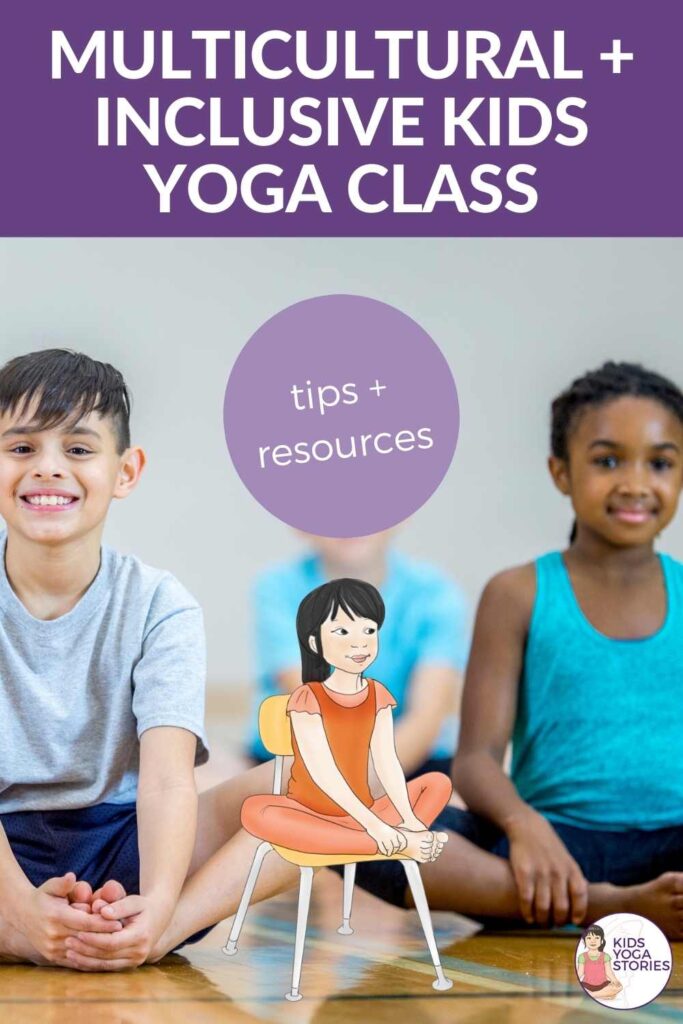



![The Mom’s Choice Awards Names Kids Yoga Stories Breathing Exercise Cards for Kids Among the Best in Family-Friendly Products [Press Release]](https://www.kidsyogastories.com/wp-content/uploads/2023/10/Breathing-Cards-Moms-Choice-Award-768x768.jpg)
